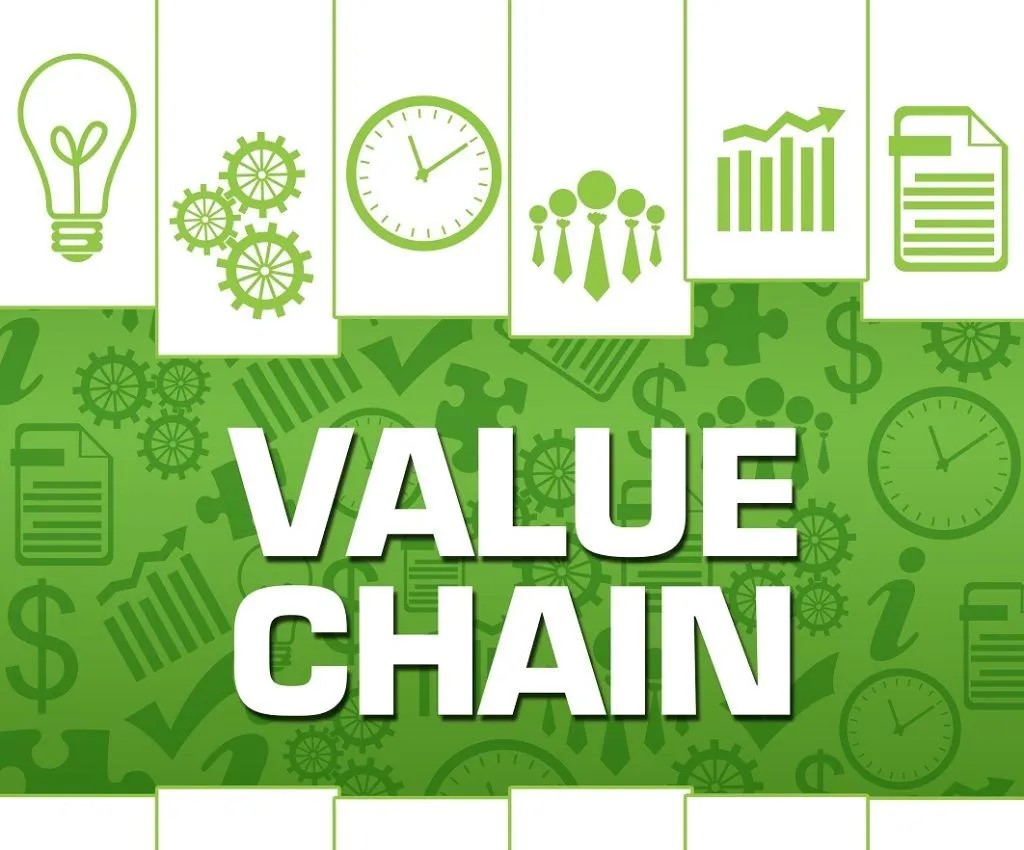
At its core, Value Chain Analysis evaluates each stage of a company’s activities—both primary and support functions—determining how value is created at each point. These activities include everything from inbound logistics to after-sales services, as well as key support areas like procurement, technology, and human resources. By analyzing these components, businesses can identify strengths, weaknesses, and opportunities for improvement. VCA also offers insights into cost structure and differentiation strategies, allowing companies to create more value for customers while minimizing waste.
The Components of Value Chain Analysis
The Value Chain Analysis framework divides a company’s activities into two main categories: primary activities and support activities. Primary activities are directly involved in the production and delivery of goods and services, while support activities assist in enhancing the efficiency of the primary functions. The five primary activities include inbound logistics, operations, outbound logistics, marketing and sales, and service. Support activities, on the other hand, include firm infrastructure, human resource management, technology development, and procurement.
Each of these activities plays a vital role in contributing to the company’s value proposition. For example, a business that excels in inbound logistics can reduce delivery times and ensure better raw material quality, leading to a more efficient production process. Meanwhile, strong marketing and sales strategies help differentiate the product in the marketplace, allowing the company to attract and retain customers. When businesses use VCA, they gain a clearer understanding of which activities contribute the most value, enabling them to focus on optimizing these areas.
Importance of Identifying Value Drivers
In a successful Value Chain Analysis, companies must identify key value drivers—elements that provide the greatest competitive advantage. These drivers vary by industry and company context, but commonly include product quality, cost efficiency, customer service, and innovation. By focusing on these areas, businesses can allocate resources more effectively and make strategic decisions that improve both performance and customer satisfaction.
For example, a company that views customer service as a core value driver may enhance after-sales support or simplify return processes to ensure loyalty. A manufacturer might prioritize operational efficiency to reduce costs and offer lower prices to consumers. By targeting specific value drivers, businesses using Value Chain Analysis sharpen their competitive edge and achieve better market outcomes.
Achieving Cost Advantage Through Value Chain Analysis
One of the primary goals of Value Chain Analysis is to help businesses achieve a cost advantage. This can be done by identifying inefficiencies and areas where costs can be reduced without compromising quality. For example, a company might identify redundancies in its supply chain that drive up transportation costs or realize that outsourcing certain non-core functions could significantly lower expenses. By systematically analyzing each component of the value chain, companies can find opportunities to improve efficiency and cut unnecessary costs.
Moreover, achieving cost advantage doesn’t always mean cutting corners. In many cases, optimizing operations through technology investment or improving supplier relationships can lead to long-term cost savings while enhancing product quality. By making informed decisions based on Value Chain Analysis, businesses can reduce costs in ways that strengthen their overall value proposition.
Differentiation Strategy and Value Creation
While cost advantage is important, differentiation can be equally crucial in maintaining a competitive edge. Value Chain Analysis also plays a critical role in helping businesses identify areas where they can differentiate themselves from competitors. This may include innovation in product design, superior customer service, or faster delivery times. Companies that effectively use VCA can pinpoint these differentiating factors and capitalize on them to offer unique value to customers.
For example, a technology company that emphasizes research and development in its value chain can create cutting-edge products that stand out in a crowded marketplace. A retailer might focus on enhancing the customer experience through personalized marketing and streamlined checkout processes. In both cases, the ability to differentiate offers a significant advantage over competitors that focus solely on cost-cutting.
The Role of Technology in Value Chain Optimization
Technology plays a crucial role in modern business operations and enables value chain optimization. Advanced technologies like automation, artificial intelligence, and data analytics streamline value chain activities and enhance decision-making. In a highly competitive, globalized market, companies that leverage technology through Value Chain Analysis gain a significant competitive edge.
For example, automation reduces production times and minimizes errors in manufacturing. Advanced analytics help businesses understand customer behavior and optimize marketing strategies. Additionally, supply chain management technologies improve logistics, enhancing both operations and customer experiences. By integrating technology into their value chains, companies can reduce costs and create more value for customers.
Challenges in Implementing Value Chain Analysis
Although Value Chain Analysis offers many benefits, implementing it can present challenges. One major obstacle is its complexity, as businesses must thoroughly examine every component of their operations. This is especially difficult for large companies with diverse product lines or operations in multiple regions. Additionally, gathering accurate data and ensuring transparency across the value chain is difficult, particularly in industries with complex supply chains.
Another challenge is aligning all stakeholders with the strategic goals of the value chain optimization process. Resistance to change or poor communication can undermine efforts to streamline operations or improve efficiency. Therefore, businesses must foster a culture of collaboration and continuous improvement to maximize the benefits of Value Chain Analysis.
In conclusion, Value Chain Analysis is crucial for businesses aiming to optimize operations, reduce costs, and gain a competitive edge. By breaking down activities into primary and support functions, companies can better understand where and how value is created. Whether the focus is on cost leadership or differentiation, Value Chain Analysis offers a structured approach to improving business performance. As markets evolve and customer expectations rise, companies that effectively implement this framework will be well-positioned for long-term success.

